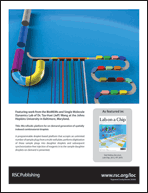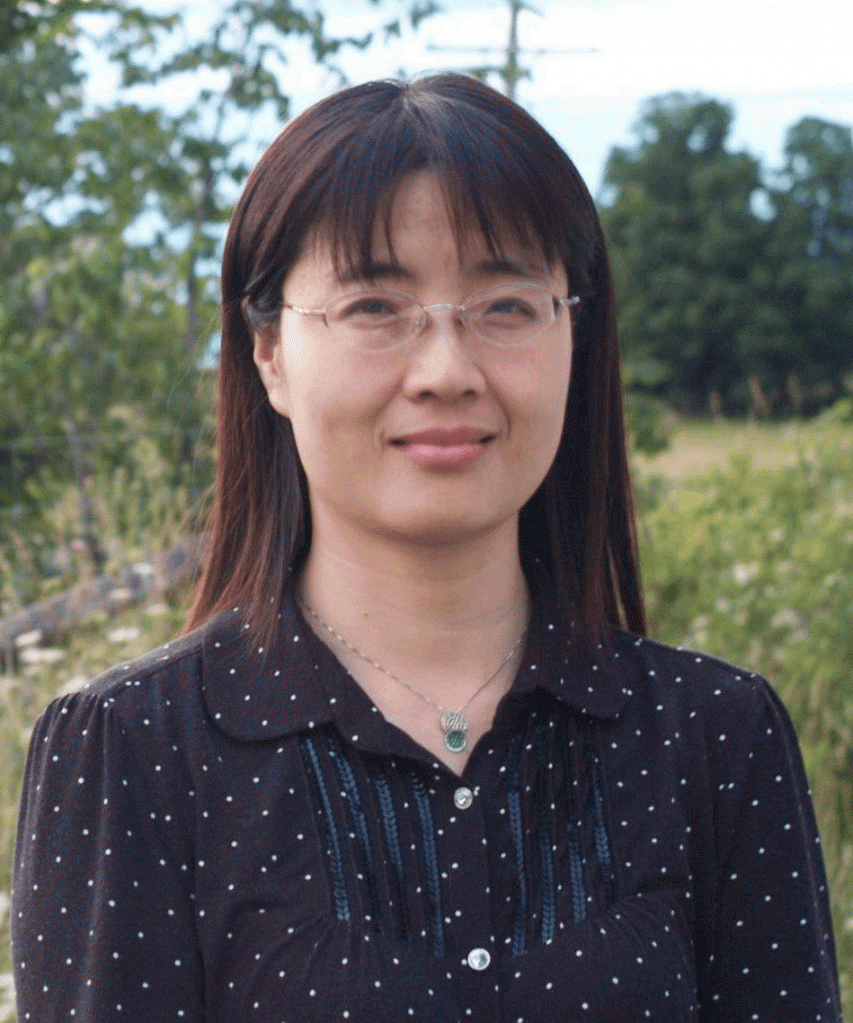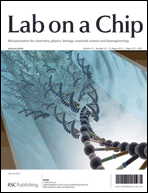Point-of-Care Diagnostics Workshop
4 December 2012, Burlington House, London, UK
Point-of-care diagnostic (POC) test devices provide rapid results on an ever expanding range of medical tests, helping to streamline healthcare and improve clinical outcomes. Research on microfluidics for POC applications has increased markedly in recent years, fuelled by an interest in constructing field-deployable analytical instruments. The interest in POC microfluidic-based devices has been intense and has cut across all major disciplines in lab-on-a-chip research, including engineering (biomedical, chemical, electrical, and mechanical), chemistry, and physics. For further details please visit the website.
Abstract submission deadline: 31 October 2012. Abstract submission is now available online.
Application deadline: 31 October 2012. Application is now available online.
Workshop format
The aims of this Joint Biochemical Society/Royal Society of Chemistry workshop are to provide participants with a better understanding of the challenges involved in translating research outputs into application and to help encourage collaborations with industry and clinicians on POC. The workshop will bring together researchers who work at the interface between biology, chemistry and the wider life and medical sciences. Participants will be encouraged to participate in oral presentations, as well as in discussion groups intended to help move this area forward.
Speakers
Dr Ana Alfirevic, University of Liverpool, UK
Professor Andrew de Mello, ETH Zürich, Switzerland
Attendance is by application only and will be FREE of charge for Biochemical Society and Royal Society of Chemistry members.
This workshop is the fourth of a series entitled “Analytical Tools for the Life Sciences”, a collaborative project between the Biochemical Society and Royal Society of Chemistry members.





















